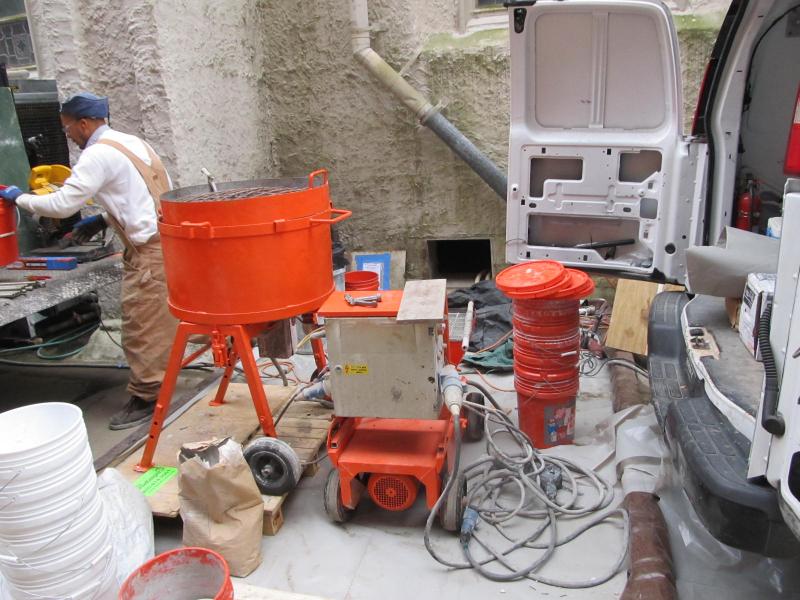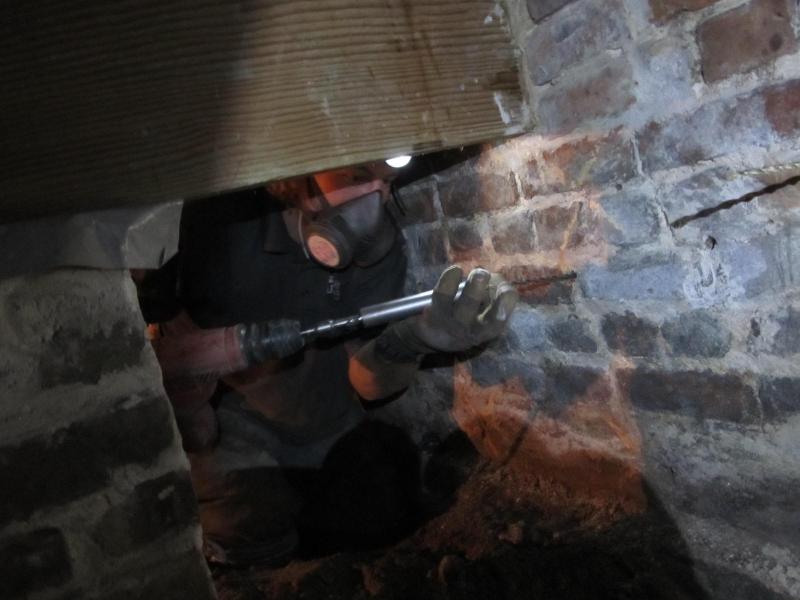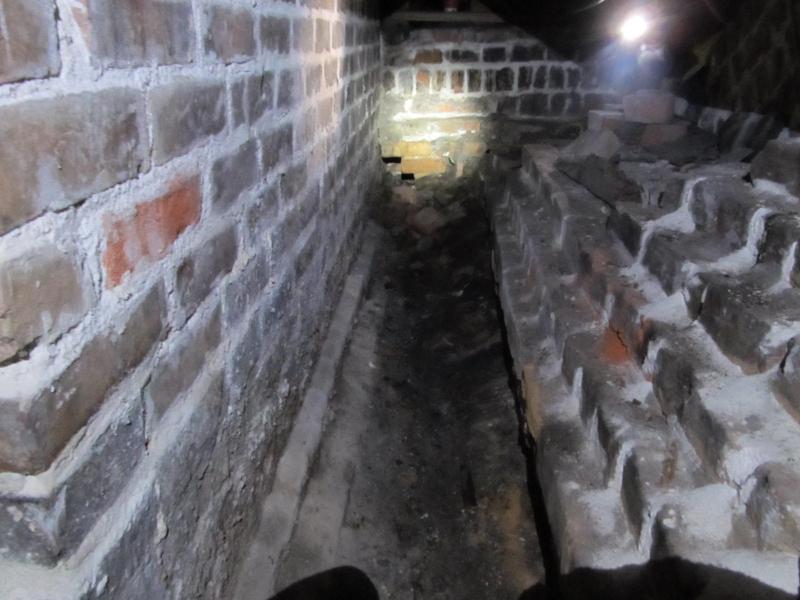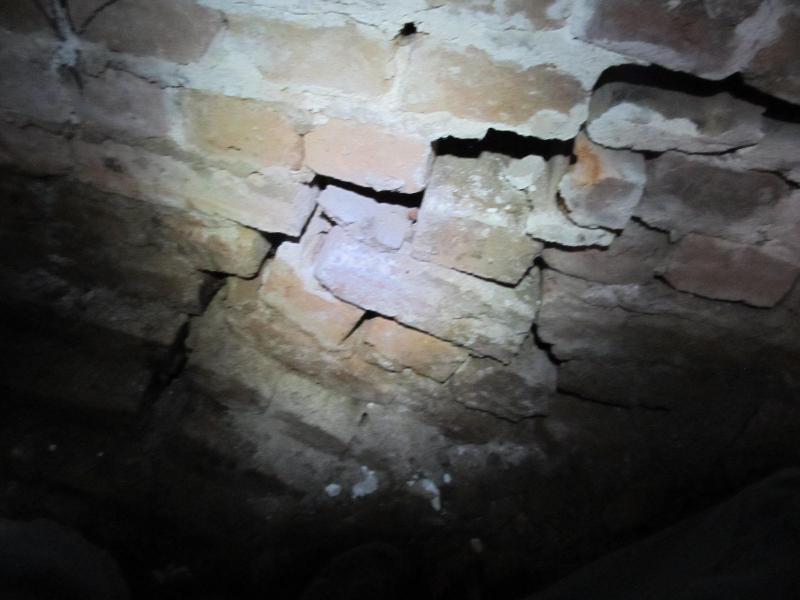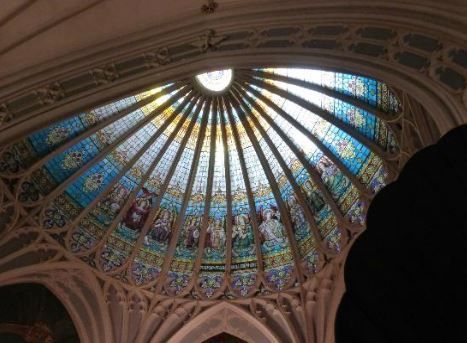Bolstering One of the Country's Most Historic Churches
Location: New Orleans, LA
Age/Built: 1840
CIF injection, Foundation settlement, Gruenstark (GS) Anchors, Historic Stabilization, NDE, Services

Project Background:
- Established in 1833, St. Patrick's Church is the second oldest parish in New Orleans behind St. Louis Cathedral
- Named a National Historic Landmark in 1975, its gothic visage is one of the last remaining remnants of New Orleans' early "American Sector
- The Archdiocese of New Orleans, following a detailed review, launched a major renovation effort to ensure stability within the building’s masonry components
Challenges Presented:
- The foundations upon which the church is built were shifting due to settlement and instability, creating voids and cracks throughout its masonry
- Repairs to the foundations would be difficult, as access was limited and the ‘crypt’ area extremely confined
- Any potential repairs would need to be discreet and leave normal parish operations undisturbed during their execution
- The appearance of this historic site had to be left unchanged following MSI’s intervention
Services and Solutions:
- Masonry Solutions began by evaluating the masonry throughout the structure in order to help the project team develop a comprehensive stabilization and repair approach
- The design team determined the best course of action was the strategic anchoring, pinning and compatible injection of the foundations’ masonry units so that movement within the structure could be arrested
- MSI furnished over one thousand Stainless Steel 3/4" OD GRUENSTARK Hollow Injection Anchors
- MSI techs carefully drilled through the fragile masonry and installed these specialized reinforcements into the foundation footings
- These anchors were utilized for direct injection of the footings, reducing the need for further intervention related to the drilling of injection ports
- Stainless steel helical wall ties were installed by MSI techs prior to injection in order to provide lateral reinforcement
- The walls' wythes were then effectively bonded together (and the anchors / ties mobilized) through the low-pressure injection of over 65,000 lbs of Compatible Injected Fill (CIF)
- This customized injection material displays characteristics sympathetic to the host masonry, such as superior flow, bond strength, and vapor transmission
- Finally MSI provided quality assurance through non-destructive evaluation. The walls were found to be solidified and the church's foundations structurally rejuvenated. Church operations were never disturbed and relocation never required



